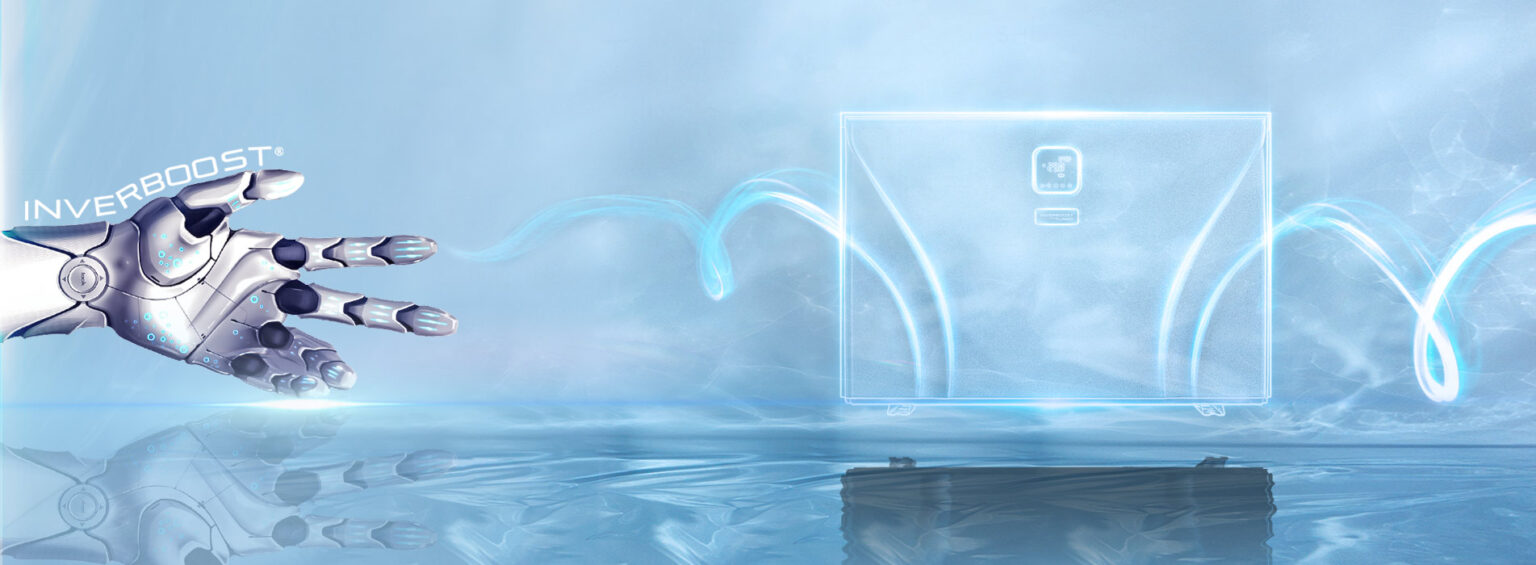Installing an INVERBOOST above-ground pool heat pump is the first step to ensuring that you have the most efficient technology to meet the heating and cooling for your pool.
Providing you with the best performance if you are using the above ground pool heater correctly, and maintaining it regularly can save energy and extend the device’s life service.
Let’s Start Immediately With A Decidedly Important Precaution:

pool heat pump
During the installation phase, you will have to make sure to guarantee the right ventilation space for your pump. Therefore, consider at least 50 cm of available space for the back and sides of your device, and 2.5 meters for the front, where the fan is located.
As we have said, at the first start-up, the pump will have to start up which means that the water will have to circulate several times for the circuit, so that it is heated until the set-point is reached.

Useful Pool Heat Pump Tips
Keep in mind that, for example, mid-range pool heaters must be used in rooms with average temperatures of 15 degrees. So if you live in a place where the thermometer drops dramatically at night, you risk making your pool heat pump work null and void.
Precisely For This Reason, To Distinguish The Various Models Of INVERBOOST Above Ground Pool Heater On The Market (Low, Medium Or High Range), Do Not Rely Only On The Price But Also Take Into Consideration The Following Parameters :
Coefficient Of Performance (COP) Of Pool Heat Pump
1) Temperature Range
2) Consumption Range
3) App Or Accessories (E.G. Integrated WIFI, Management Via App)
4) Noisy Level
One aspect to keep in mind, however, is not to overestimate these devices: an INVERBOOST above ground pool heater for swimming pools will be different from the one used for the home. In the case of swimming pool pumps, the water temperatures will not reach those of the hot water tap; moreover, they depend on many factors, natural and unpredictable, such as wind and altitude.
A common mistake that might catch your attention is the “flow” mistake. Present with a different code depending on the pump model used (usually marked as “E3” or with another code) this refers to a possible lack of flow in your heating device.
In this case, most of the time it will be enough for you to do a trick on the assembly or on the by-pass knob. Depending on the type of connection, try opening or closing the bypass knob to fix the problem.
As for the dispersion of heat, it should be emphasized that above ground pools are more prone to the evaporation process than in-ground pools.
Surely, the best way to contain heat loss is to purchase an insulated cover for your tub. But be careful: if the pipes that connect the above ground pool heat pump to your pool are not insulated, the risk will be that of running into a significant dispersion of the heat produced by your device.

pool heat pump
For this reason, if you are buying a low-priced pump it is always better to choose one that can work with a higher capacity ( at least double ) than the quantities in cubic meters of water in your tank. For example, if you have a 30 cubic meter pool, purchase one with a capacity of at least 60 cubic meters to ensure proper operation. If you go up in price, instead, just opt for a device that guarantees you + 50% efficiency, or + 30% for very high-end pumps.
If you want to extend your swimming season, you now have all the information you need. Always refer to the instruction manual of the pool heat pumps you purchased and follow our advice to make the most of your INVERBOOST above ground pool heat pump!

pool heat pump


